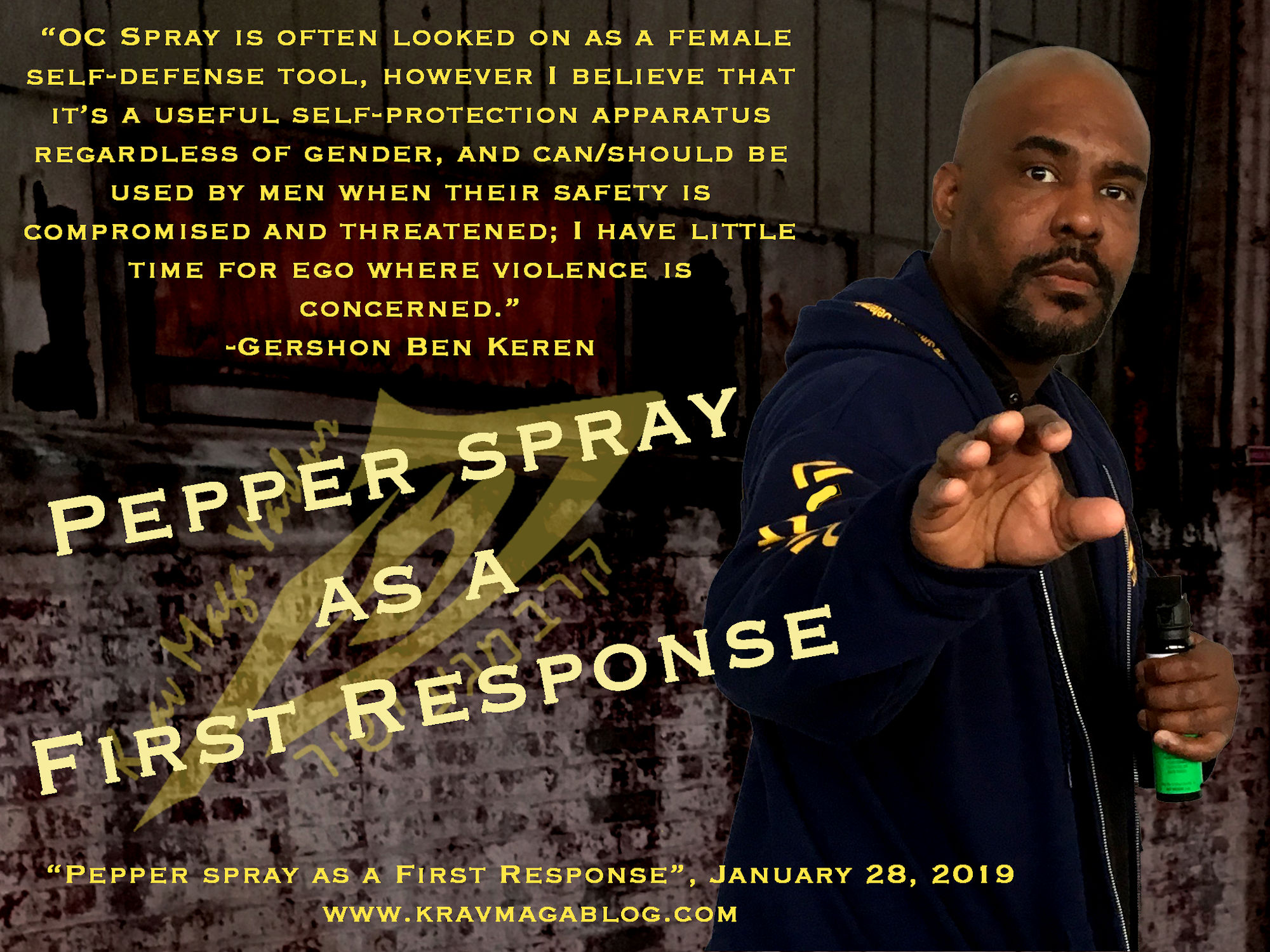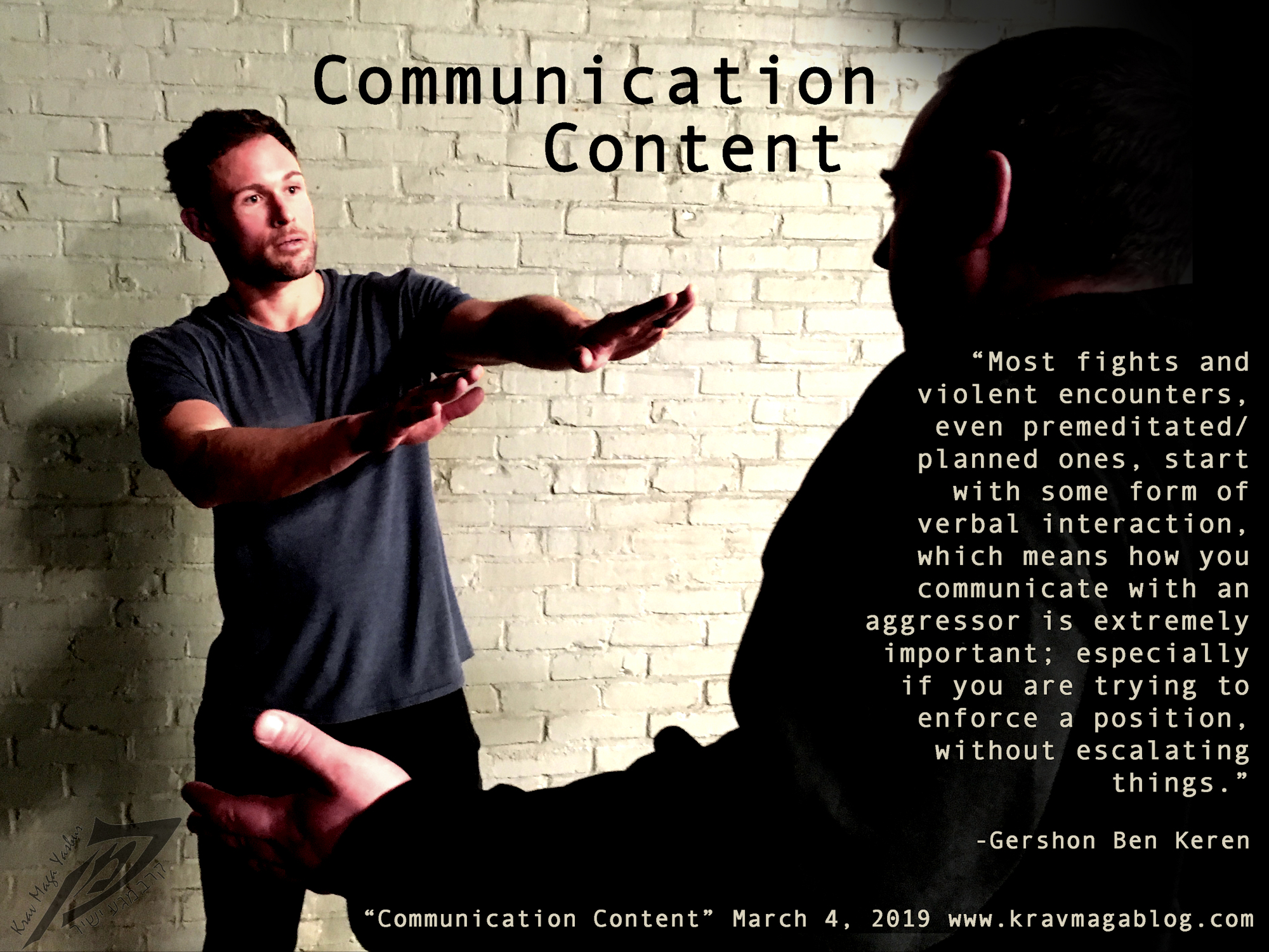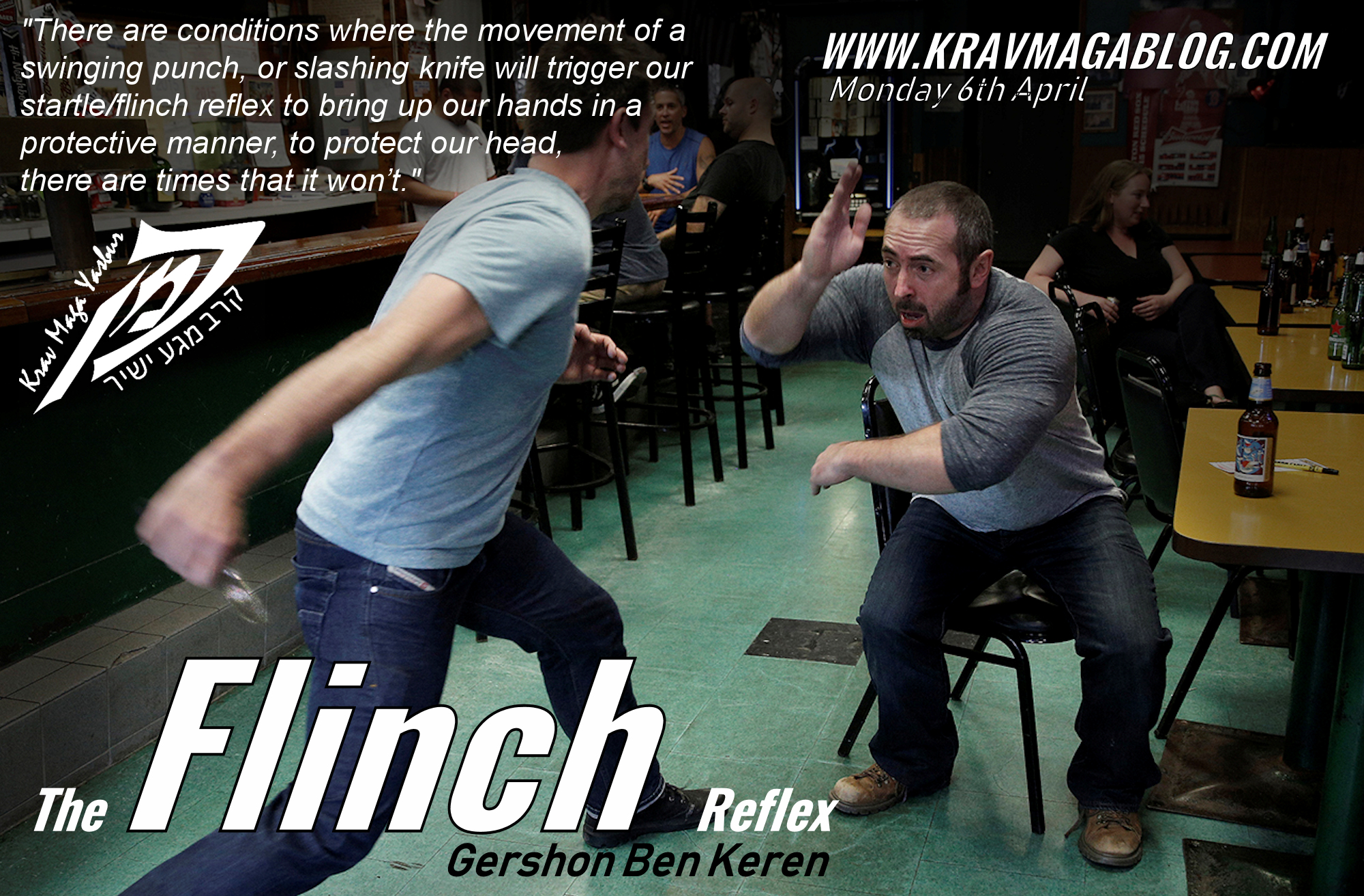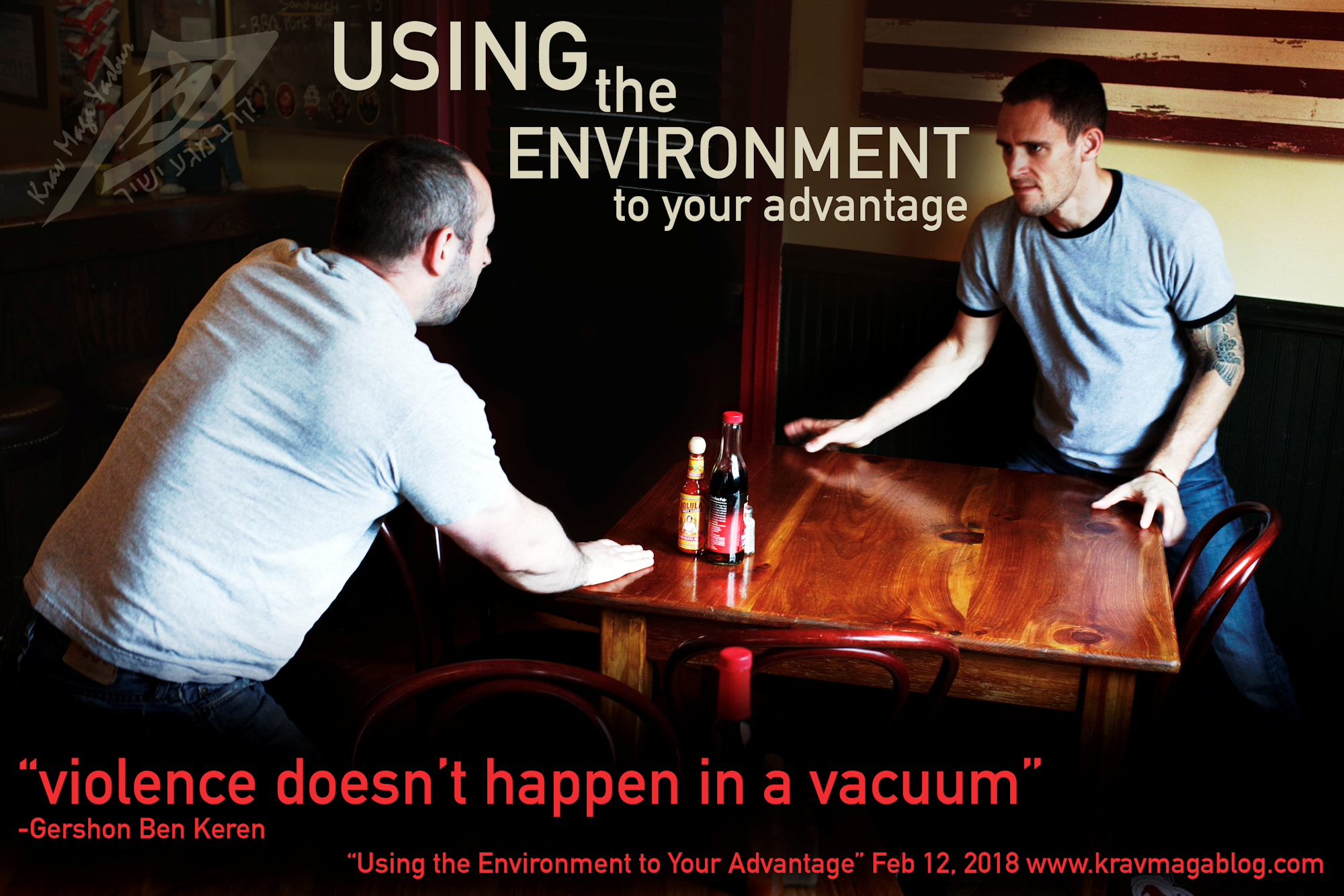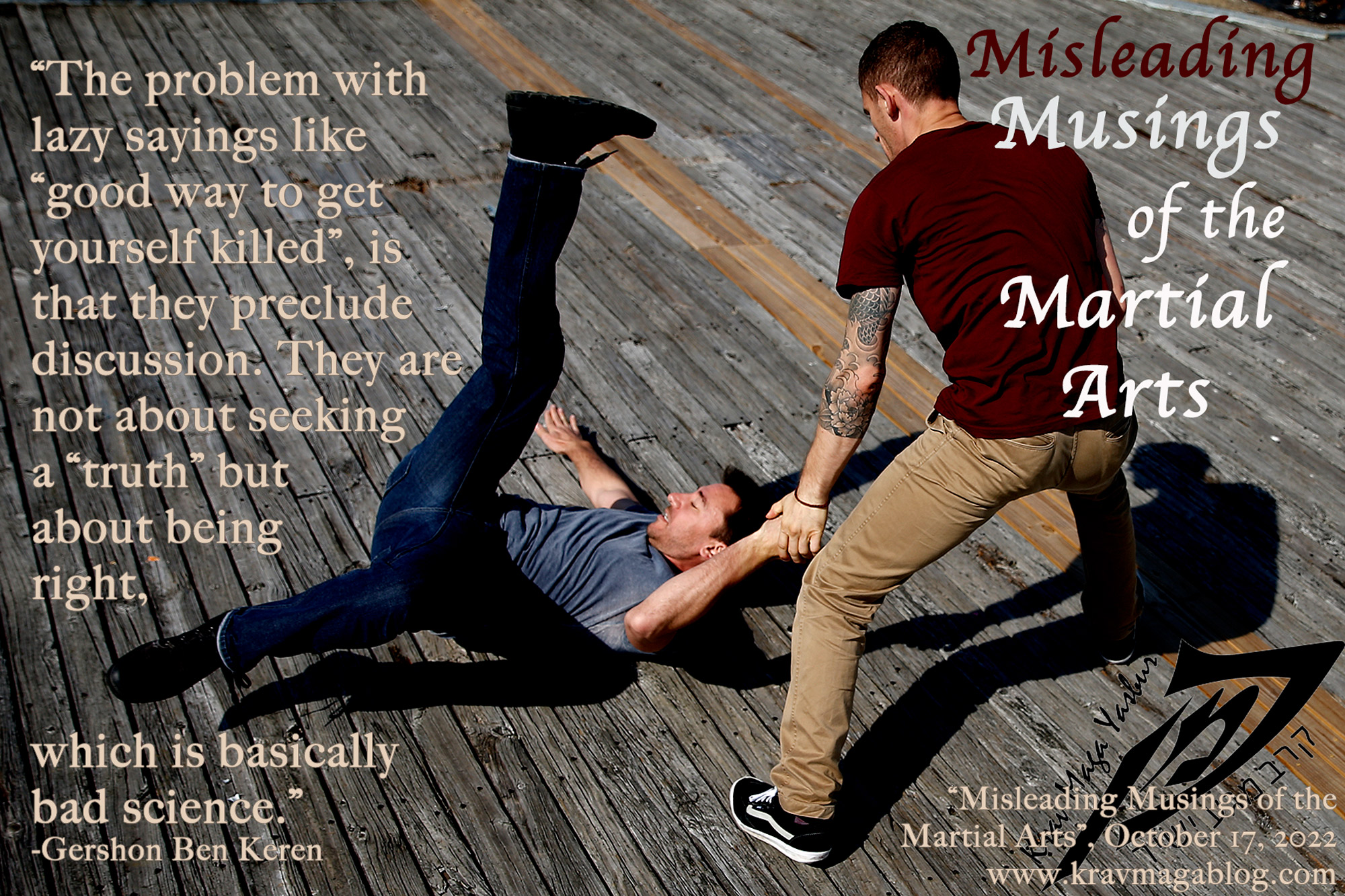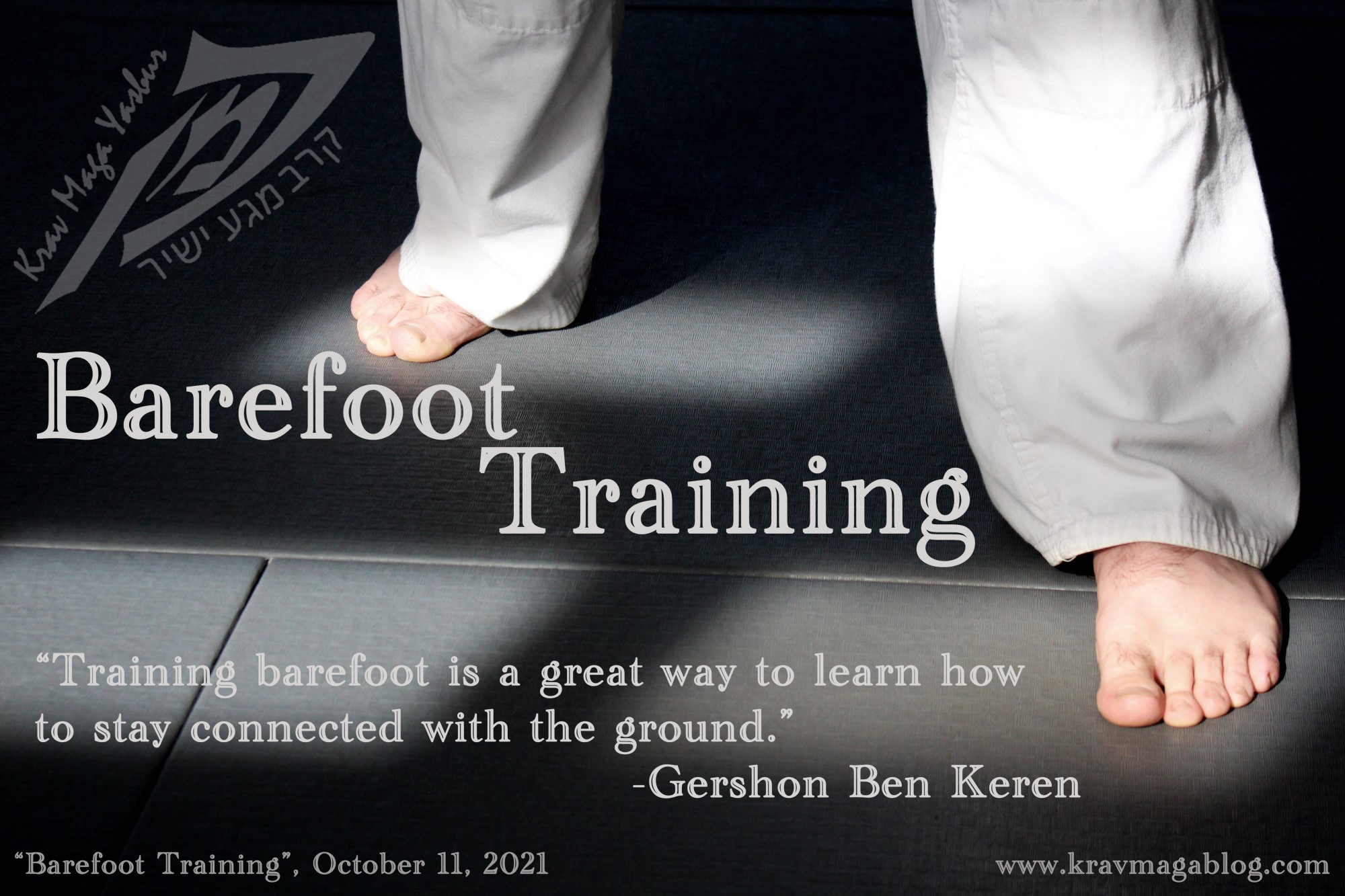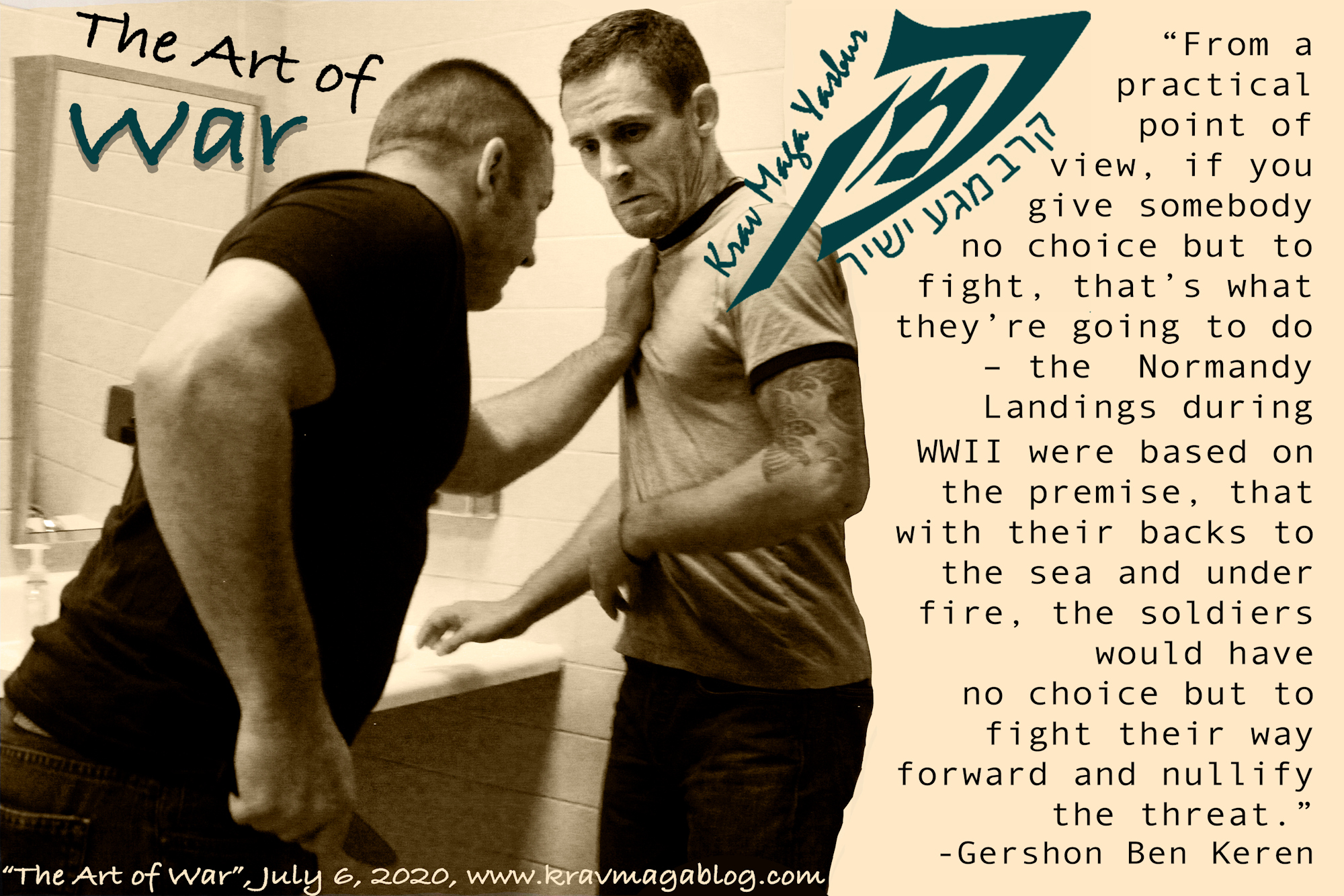Where Traditional Martial Arts Get It Right, is an article written by Gershon Ben Keren, a 5th Degree Black Belt in Krav Maga, who teaches Krav Maga in Boston, MA. He has also authored three Amazon best-Selling Books on Krav Maga.
A lot of people in the Krav Maga community knock traditional martial arts, such as Karate and Judo, without understanding the value of certain training methods and ideas that they contain. There is sometimes an “arrogance” pertaining to Krav Maga, that it’s got it 100% right, and the traditional arts are flawed and have got it wrong. I would argue that neither have got it completely right or wrong, and I include myself in this – If I am always striving to improve the way I and my students train, and find more effective training methods, drills etc. I endeavor to find the best way to balance training time, so that students get the right mix of aggression, technical, and skill building training; which is not to say that I’ve attained this (there’s never enough training time, to do everything that is needed to prepare a student for dealing with real-life violence). What I do believe though is that Krav Maga, as it comes out of the box, so to speak, doesn’t get it completely right for the civilian audience, and that the traditional martial arts can help us understand what we need to do to amend and develop what we teach to make it relevant. You can be teaching authentic Krav Maga in a way that just isn’t relevant.
In traditional martial arts the “starting” position, more often than not sees you facing your opponent/adversary, while in Krav Maga the “starting” position, can see your aggressor initiate an attack from the rear, from the side, etc. A great deal of emphasis is placed on being able to respond/react when ambushed. This is certainly a strength of the system, and one that I appreciated from having worked in door security, where assaults did occur on a 360-degree basis. However, for most people, in most situations, an attacker will “start” their assault while facing you; that is the nature of the social violence that we are most likely to face. This is something that the traditional arts understood about fighting; on most occasions, it starts face-to-face. Martial arts historians may argue that this is because historically most fights were of a dueling nature, and this was the format of fighting that the warrior code prescribed. I would make the case that most male-on-male violence, is a duel of sorts, with its own format and rituals e.g. posturing, shouting, pushing, etc., before the first punches are thrown. This often doesn’t get acknowledged in Krav Maga classes, and a greater emphasis is placed on practicing “surprise” attacks from the rear than on dealing with an aggressor who is standing in front of you, screaming and shouting threats. Where Krav Maga gets it right, and the traditional martial arts often get it wrong (with regards to real world violence), is on the time and distance that is given, before the fight starts – in real-life encounters, your attacker will most likely be in your face, rather than a few feet away. This is also an important fact when considering how closely MMA, Boxing, Muay Thai fights resemble reality, as fighters are always separated from each other at the start of the fight.
By no means am I saying we shouldn’t train to deal with attacks from the side or rear, however we want to best prepare ourselves for the realities that we face, and with limited time to train we should acknowledge that most of the time, we will have to deal with an assailant who is facing us. It is also worth noting, that some of the traditional attacks from the rear such as a rear-strangle, occur differently in a civilian setting to a military one, and when adapting a military system for the civilian population, the correct context needs to be explained to our students. In my experience, and those of others I’ve talked and trained with, rear strangle attacks are normally committed by a third party, pulling you off/away from a friend or associate you are interacting with i.e. the attack is more of a pull round the neck than an actual strangulation. For Krav Maga to be relevant, such contexts need to be explained, and trained. Again, I am not saying that lone attackers don’t initiate attacks this way, just that they’re not as common as we may be led to believe.
In a lot of Krav Maga videos I see posted online, where students are punching pads, they are too far away to realize their full striking power; I see this a lot when students do bag-work, they simply don’t stand close enough to hit as hard as they could – their punches lack driving force. Whenever I mention board-breaking, somebody will quote the Bruce Lee line, “boards don’t fight back”. They don’t but, when you’re punching a pad, whether it’s a focus mitt or kick shield, it doesn’t fight back either. What board breaking teaches you, is to punch through the target, in a way that a focus mitt never will – it will also test if your fist is solid, and your wrist is properly aligned etc. If you asked a student to break a board, rather than hit a focus mitt, the first thing you’ll see them do is step closer; they want to make sure their strike is going through the target, rather than bouncing off it. The influence that boxing has had on Krav Maga, is a positive one, however the incorporation of pad-work, without incorporating the skills of the pad-man has meant that many students use of the pads leads to ineffective striking, that lacks driving power. Breaking boards also give you confidence in your ability to hit a hard surface and have your hand survive it. If you go to punch with all your force, against somebody’s face and your punch has only ever been tested on a pad, or when wearing a glove, how much confidence are you going to have in your strike? There is a very real risk that you will pull your punch and not deliver it with full force. If you’re able to punch through one or two pine boards, and have experienced what it is like to hit something that is solid, and doesn’t give (like a pad), I would argue that you’ll feel more confident in striking with maximum power.
A good addition to any studio is a re-breakable board. It’s an excellent training tool for students who you see not punching through the target. You can get them with various levels of resistance, so you don’t have to expect a new student to punch through the equivalent of a one inch pine board, etc. The point is to demonstrate the range that you need to be at to effectively strike, and the need to extend the strike beyond the target. It is one of the best visual training aids to get this point across. It also gets students to realize that fights occur at much closer range than they may initially think. The problem I often have when I talk to other Krav Maga instructors about board breaking is that they’re worried about their student’s perception of it i.e. that board breaking is something that traditional martial arts do, and their students don’t want any part of that – they came to Krav Maga because it doesn’t look like a traditional martial art and they didn’t want to wear a Gi (the traditional white jacket and pants), etc. So what are we against? The image of the traditional martial arts, or their content? If a training method benefits and corrects a common mistake, it has value and should be incorporated.
The traditional martial arts haven’t got it completely right, but they’ve got a lot of it right, and we would be wise to acknowledge this. At the same time, we should be constantly questioning where our Krav Maga training might not reflect reality, and in fact may not be relevant. Too many people fall foul of assuming that because what they are training is called Krav Maga, that it is by definition relevant and realistic, and looking at the Karate School across the road assume because they are wearing a white jacket and pants they are missing the point. We should always be looking at our own training, and looking at how and where it can be improved – and that may well mean taking some lessons from the traditional martial arts.
0 COMMENTS